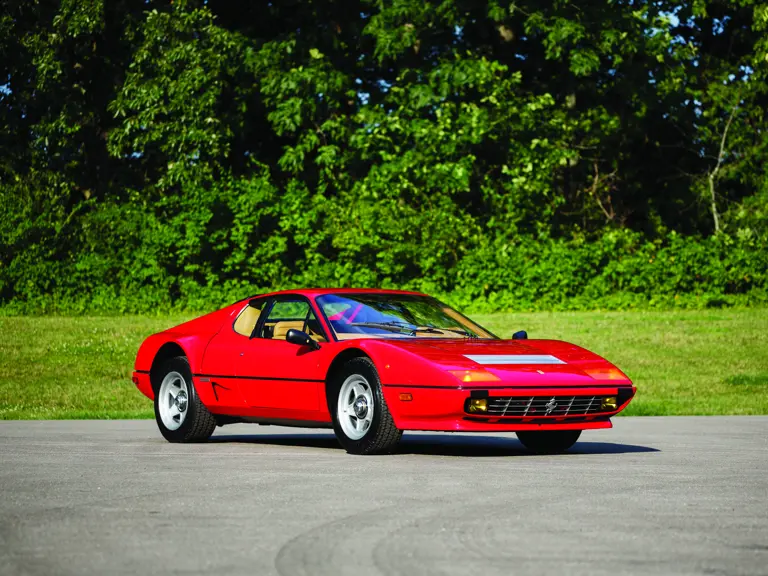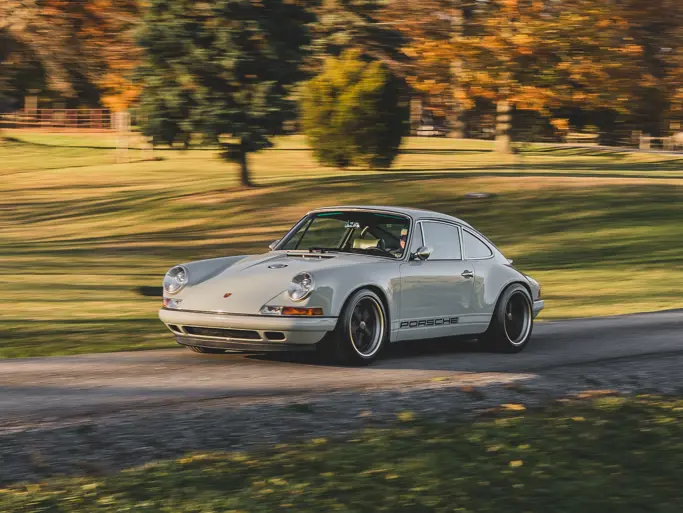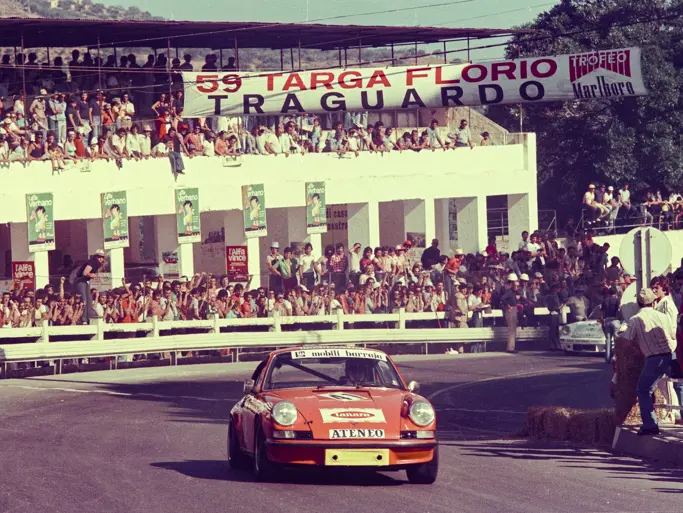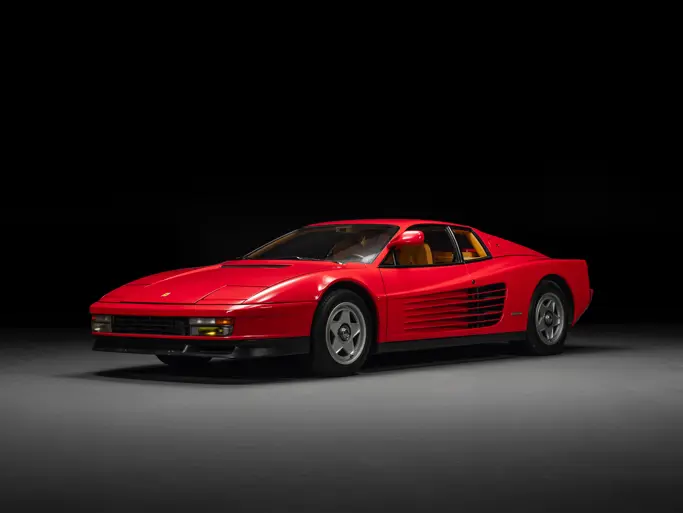 | Auburn, Indiana
| Auburn, Indiana

1983 Ferrari 512 BBi
{{lr.item.text}}
$285,000 - $310,000 USD | Not Sold
{{bidding.lot.reserveStatusFormatted}}
- Formerly the property of several well-known collectors
- Finished in original color combination with original engine
- Recently freshened with over $20,000 in receipts
- Includes original books and jack
- Less than 20,000 miles on the odometer
The 365 GT4 BB came along in 1974. The name translated to 365 cubic centimeters per cylinder, grand touring, four-cam Berlinetta Boxer. The 4.4-liter flat-12 was mid-mounted, and it was the first Ferrari use of a toothed belt to drive the overhead camshafts. Like its predecessors, the 365 GT4 BB used steel for the main structure and aluminum for the hood, doors, and engine access cover. Suspension was all independent, along with a multi-tube chassis using square and rectangular sections that were much easier for the factory to fabricate.
Ferrari built upon the success of the 365 GT4 BB beginning in late 1976 with the introduction of the 512 BB. The name reverted to Ferrari’s more typical liters/cylinders nomenclature. The new 512 featured a small chin spoiler in front, NACA ducts on the lower body sides ahead of the rear wheels, four taillights (in lieu of six), and a tail 1.5 inches longer.
Introduced to the public at the 1981 Frankfurt Salon, the new 512 BBi offered the advanced and reliable Bosch K-Jetronic fuel-injection system for the first time in a 12-cylinder Ferrari, hence the “i” in its nomenclature. It provided the horizontally opposed flat-12 engine 340-horsepower from its 4,942-cubic centimeter dimensions. A five-speed gated shifter provides the opportunity for quick and precise gear changes.
A handful of cosmetic upgrades accompanied the new model. Exposed driving lights were added at the front, and rectangular parking lights were fitted adjacent to the exhausts at the rear. For the Ferrari faithful, the addition of the fuel injection was a welcome change, and the 512 BBi is generally considered to be the most civilized of Ferrari’s Berlinetta Boxers.
The change from carburetors to fuel injection brought about an increase of 20 foot-pounds of torque, helping the engine to feel much more tractable overall. Performance remained extraordinary, and the 512 BBi could reach 60 mph from a dead start in just 5.4 seconds, leading to an estimable top speed of 174 mph. It was the Ferrari “flagship” when it was in production and easily lived up to the “supercar” requirements of the era. By the time production came to an end and the 512 BBi was replaced with the Testarossa, Ferrari had built just 1,007 examples.
This exceptional 512 BBi, originally finished in the same color is sports today, was first imported into the United States by William Lyon in July 1983. It was then acquired by Michael Jean of Denver, Colorado, in 1985. Shortly thereafter, he sold the car to another gentleman in Colorado, noting that the BBi had only 2,700 miles at the time. In 1987, with less than 3,000 miles, the car was acquired by Karl Dedolph of Minneapolis, Minnesota. Dedolph maintained the car for the next five years when he offered it for sale in 1992. Eight years later, the Ferrari was offered once more where it was bought by Richard Scott of Sidney, Ohio. At the time, it was noted that the odometer had been changed. Several years later, the 512 BBi was acquired by collector Robert Iannucci, who maintained it until 2011, when he sold it to Frank Gallogly of Lakeville, Connecticut. It was subsequently acquired by the current consignor at a later date.
Today, the car presents exceptionally well and remains highly original throughout. During the course of 2017, the 512 BBi has been refreshed both cosmetically and mechanically, and it is accompanied by over $20,000 in receipts with a breakdown of the completed work. The BBi also retains is original owner’s manuals in their original pouch, as well as the original jack in its bag.
The Italians behind the Ferrari knew that craftsmanship, engineering, and design counted for more than anything else. At the time of 512 BBi production, the future was poised for robots to take over from the hands-on approach. Sergio Scaglietti, whose firm made the bodies, noted, “It was something special. It was the last car where we made everything by hand.” We cannot say it better.




